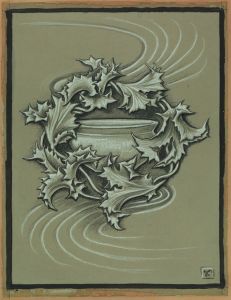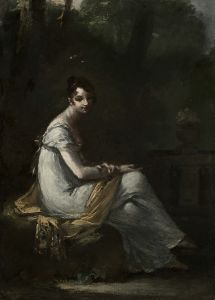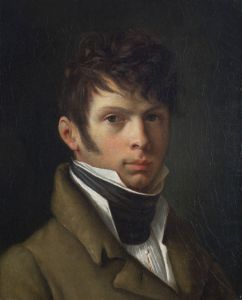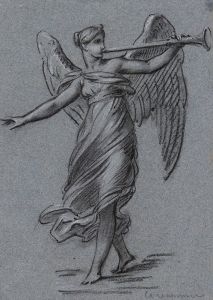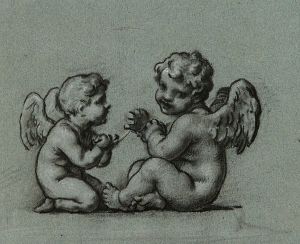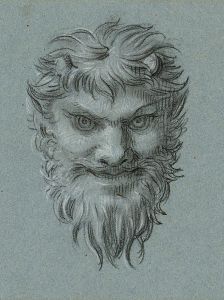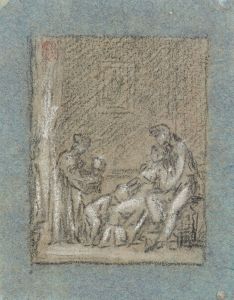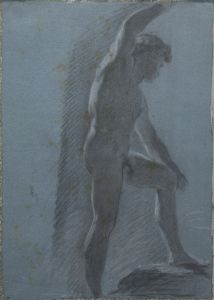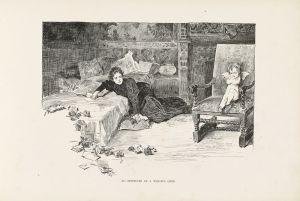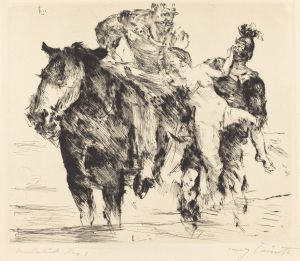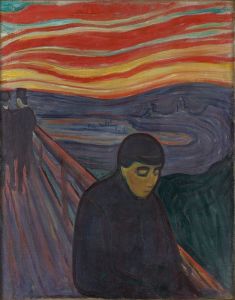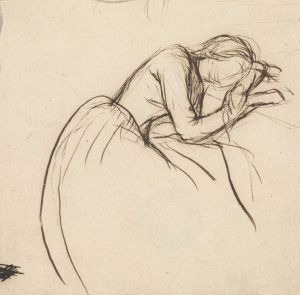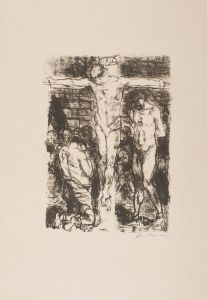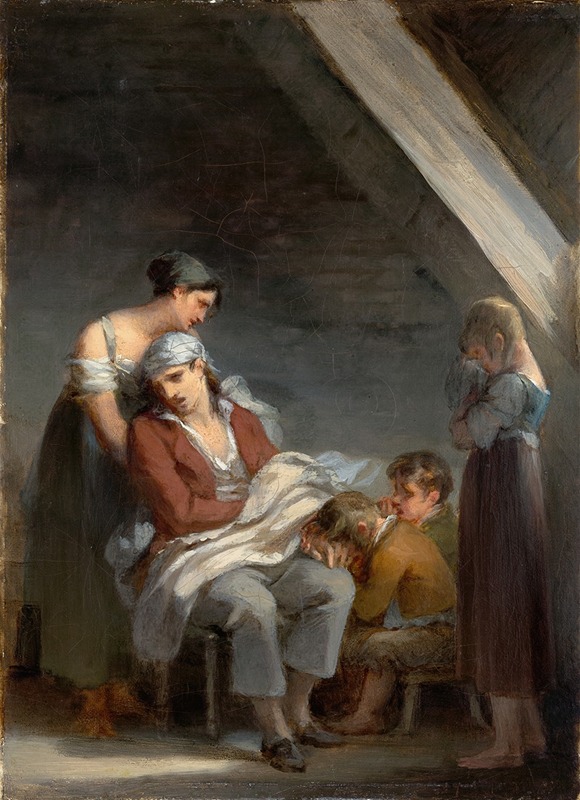
Une Famille dans la désolation
A hand-painted replica of Pierre-Paul Prud'hon’s masterpiece Une Famille dans la désolation, meticulously crafted by professional artists to capture the true essence of the original. Each piece is created with museum-quality canvas and rare mineral pigments, carefully painted by experienced artists with delicate brushstrokes and rich, layered colors to perfectly recreate the texture of the original artwork. Unlike machine-printed reproductions, this hand-painted version brings the painting to life, infused with the artist’s emotions and skill in every stroke. Whether for personal collection or home decoration, it instantly elevates the artistic atmosphere of any space.
Pierre-Paul Prud'hon was a French Romantic painter known for his allegorical and mythological subjects, as well as his portraits. One of his notable works is "Une Famille dans la désolation" (A Family in Despair), which reflects his mastery in conveying emotion and narrative through art.
Prud'hon was born on April 4, 1758, in Cluny, France. He studied in Dijon and later in Paris, where he was influenced by the works of the Italian Renaissance and the emerging Romantic movement. His style is characterized by a soft, delicate approach to form and a preference for emotional depth over the neoclassical precision that was popular during his time.
"Une Famille dans la désolation" is a poignant example of Prud'hon's ability to capture human emotion. The painting depicts a family in a state of despair, a theme that resonates with the Romantic era's focus on individual experience and emotion. The composition and use of light in the painting highlight the emotional intensity of the scene, drawing the viewer into the family's plight.
Prud'hon's technique involved a careful balance of light and shadow, which he used to enhance the mood of his paintings. In "Une Famille dans la désolation," this technique is evident in the way the figures are illuminated, creating a sense of depth and emphasizing their expressions of sorrow and distress. The painting's somber tones and the careful rendering of the figures' features contribute to its emotional impact.
Throughout his career, Prud'hon was celebrated for his ability to convey complex emotions through his art. His works often explored themes of love, loss, and human suffering, reflecting the broader Romantic interest in the exploration of the human condition. "Une Famille dans la désolation" is a testament to Prud'hon's skill in this regard, as it captures a moment of profound emotional intensity with sensitivity and grace.
Prud'hon's influence extended beyond his lifetime, as his work continued to inspire artists in the Romantic tradition and beyond. His approach to painting, which emphasized emotion and psychological depth, set him apart from many of his contemporaries and earned him a lasting place in the history of art.
In addition to his paintings, Prud'hon was also known for his drawings and sketches, which further demonstrate his skill in capturing the nuances of human emotion. His ability to convey mood and atmosphere through his art made him a sought-after portraitist, and he received numerous commissions from prominent figures of his time.
Pierre-Paul Prud'hon passed away on February 16, 1823, in Paris, leaving behind a legacy of works that continue to be admired for their emotional depth and technical mastery. "Une Famille dans la désolation" remains an important example of his contribution to the Romantic movement and his enduring influence on the art world.





